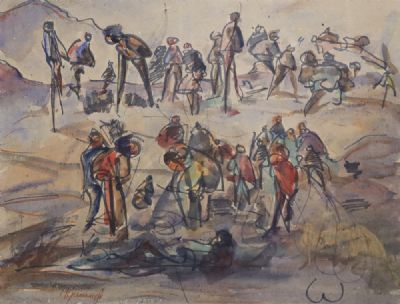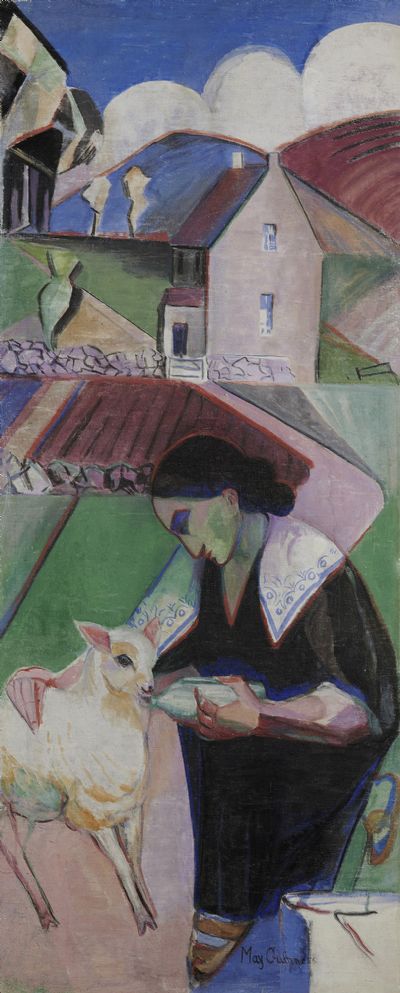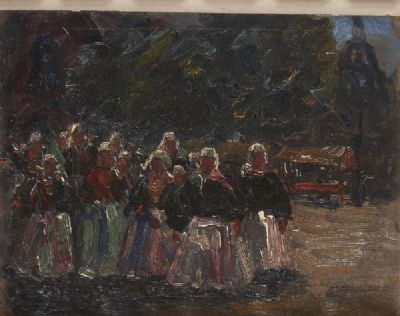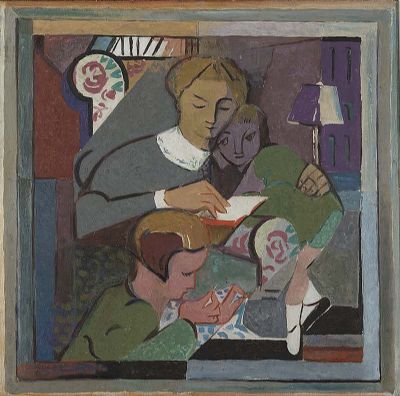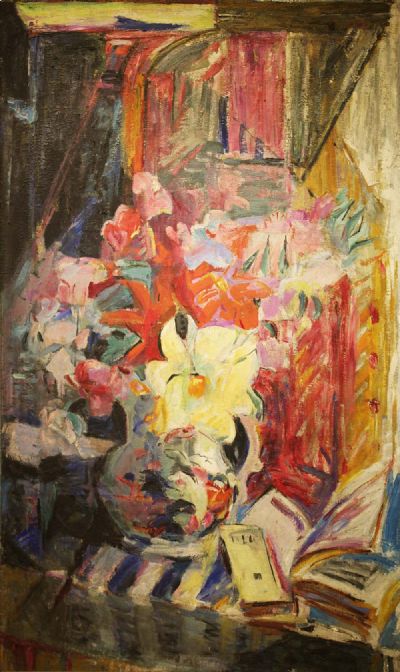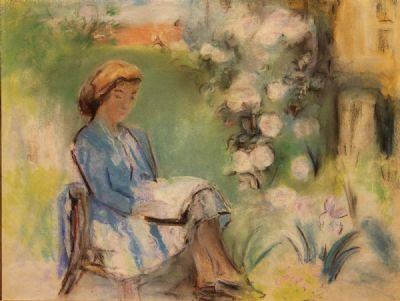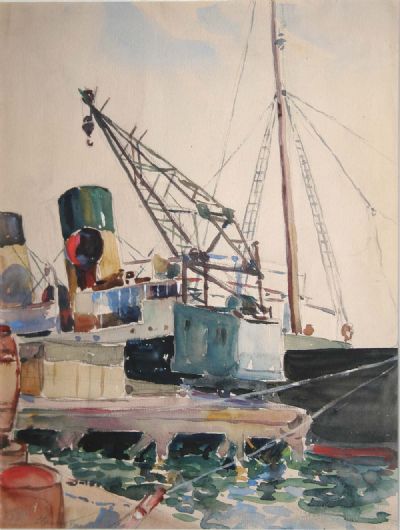May Guinness
May Guinness was born in Dublin. Due to restraints of the time, she was unable to pursue painting until she was in her 30s, at which time she moved to Cornwall with fellow Irish artist Mildred Anne Butler, and the two studied under Irish artist Norman Garstin (1847-1926). Garstin had studied in Paris and Antwerp so following her training in Cornwall, she studied in Paris under Kees van Dongen (1877-1968) and later under Hermenegildo Anglada- Camarasa (1871-1959). She joined the French army as a nurse during the First World War and received the Croix de Guerre in 1915. She worked with André Lhôte from 1922- 25 and held her first solo exhibition during this time, establishing her as one of the first Irish artists associated with the Ecole des Paris.
Guinness’s work is heavily influenced by her time in Paris, having absorbed elements of Henri Matisse’s (1861-1954) )style, having been exposed to Cubism as well as the influence of artists such as Marie Laurencin (1883-1956) and Raoul Dufy (1877-1953). In 1925 she said of her work that she had been ‘through all the phases, and had now settled down to ‘stylisation’, the flat and rhythmic arrangements of line and colour’.
Guinness in turn, had a strong influence on younger artists, such as Mainie Jellett and Evie Hone. She is hailed as ‘the first practising artist to introduce a modernist sensibility into Irish art.’ Aside from her contribution to Irish art, Guinness was also an avid collector and when she died she left a collection of works by French Masters including Pablo Picasso (1881-1973), Pierre Bonnard (1867-1947) and Henri Matisse ()1861-1954), among others which were auctioned to raise money to replace the roof of St Patrick’s Cathedral.
Guinness exhibited with the Royal Hibernian Academy from 1897-1911. A retrospective was held a year after her death at the Dawson Gallery, Dublin.
Read More
Guinness’s work is heavily influenced by her time in Paris, having absorbed elements of Henri Matisse’s (1861-1954) )style, having been exposed to Cubism as well as the influence of artists such as Marie Laurencin (1883-1956) and Raoul Dufy (1877-1953). In 1925 she said of her work that she had been ‘through all the phases, and had now settled down to ‘stylisation’, the flat and rhythmic arrangements of line and colour’.
Guinness in turn, had a strong influence on younger artists, such as Mainie Jellett and Evie Hone. She is hailed as ‘the first practising artist to introduce a modernist sensibility into Irish art.’ Aside from her contribution to Irish art, Guinness was also an avid collector and when she died she left a collection of works by French Masters including Pablo Picasso (1881-1973), Pierre Bonnard (1867-1947) and Henri Matisse ()1861-1954), among others which were auctioned to raise money to replace the roof of St Patrick’s Cathedral.
Guinness exhibited with the Royal Hibernian Academy from 1897-1911. A retrospective was held a year after her death at the Dawson Gallery, Dublin.
Read More

